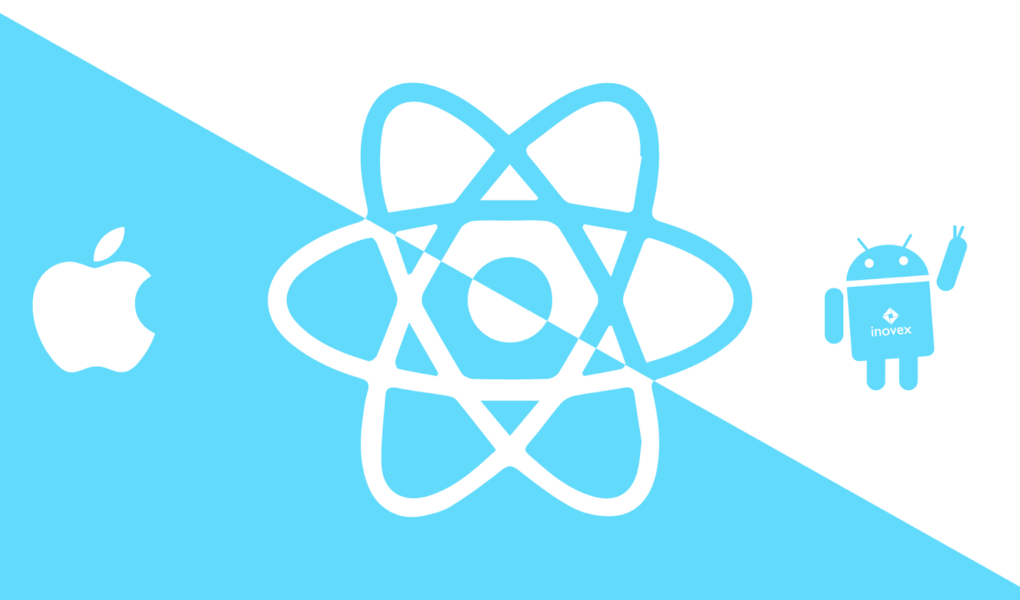Contents
React Native is one of the most promising career options. It may be easy for some to learn, while it may take more time and effort for others. The point is to learn a native-like approach to iOS and Android app development. Of course, if you write one code that works on multiple devices, you actually save a lot of time and resources. You can devote the saved time to other projects and expand your developers’ team.
This way, you will always be able to respond to customer requests immediately. No project will experience delays or require overtime. Think about this every time you need to hire a react native app developer for the new projects you will have to work on in the future. And, of course, don’t forget that even if you are the best right now, React Native is a lifelong learner because of all those upgrades and new trends in mobile app development.
Once you are here, we believe that you either already have some knowledge of React Native or you want to discover more opportunities and perspectives for this profession.
Well, we’ll start with how to learn React Native, then focus on job opportunities.
How to Learn React Native?
React Native is a result of the existence of React JS. So, intuitively, we can say you first need to learn some React JS basics. But it’s based on JavaScript, and being familiar with it is a must. We described the steps back you have to take, so we hope you understand what you need to do.
1. Learn JavaScript
Basic knowledge of JavaScript is a must when focusing on React JS, so you can learn React Native. Don’t miss out on your knowledge of HTML and CSS syntax either, which are needed to master the challenges of React Native.
It all leads to only one goal: to learn how to debug React Native code and make a fully functional program that will work on different devices. And, of course, all this knowledge helps you understand the difference between React JS and React Native, which is that the former is used mostly for web solutions. In contrast, the latter is used for elements and applications that run on iOS and Android.
2. Solid Foundation for React JS
When you understand the basics of JavaScript, you can easily focus on React JS. It’s good to know that React Native is based on React JS, so it’s good to have a good foundation of knowledge. In fact, if you become a good React JS developer, then the transition to React Native will be very easy for you. Although they are intended for different platforms, their syntax is practically the same, so this is another reason for you to learn React JS and cover more professional profiles with your knowledge.
3. Commit to Learning React Native
Once you know the fundamentals, it’s time to commit to actually learning React Native. We recommend starting by following the documentation and learning how this framework works and what you can develop with this knowledge.
Join GitHub. Sometimes you can find really great information about how an app works. In fact, GitHub can always be your benchmark, whether you need to develop code from scratch, implement React Native modal, fix bugs, or test your app.
Furthermore, you can rely on online courses and tutorials and grasp the advanced concepts of React Native development. Do not forget that a huge community is always ready to support beginners and even mentors. Don’t be afraid to ask for help because if you don’t ask, you won’t get it. In any other case, someone will be there to meet you.
Career Opportunities as a React Native Developer
As a React Native developer, you can offer efficient and high-performing solutions at a native-like level. You probably already know that both React JS and React Native are products of Meta, i.e., Facebook. The idea was exactly that, to make it possible to build functional applications with the help of only one code that will work on every platform.
This approach has helped many services build hybrid applications and scale their business in the best possible way.
If you still don’t see why this is a good career choice, then we must also tell you that many famous companies are already using React Native in their products. Among them are Uber Eats, Baidu, Shopify, Bloomberg, Skype, Pinterest, Wix, Facebook, and Instagram.
We hope this gives you an idea of how ambitious learning a React Native developer is and how many different projects you can work on.
Can React Native be Used to Develop Any Application?
This is an interesting question, and the answer contains several things to pay attention to. So far, we have said that with the help of this framework, you can build an application that will work on any platform. However, there is a certain level to which this can be done. It depends on the project’s needs, but enterprise-level apps sometimes require native solutions.
That means using one programming language to build an Android app, another for iOS, the third language for Windows, and even something else to create a web solution. However, the limits of React Native are wide, which means that you have enough time to become an expert and decide in which direction you would like to develop in the future as a professional.
Final Thoughts
As you can see, being a React Native developer is something you can accomplish in a few years. As you learn, you also gain experience in creating native-like app solutions for every device and operating system.
And it doesn’t stop there. You can proceed to learn even more and extend your knowledge according to the projects and job positions. As we said, you have so many career options, including the one to focus on a specific platform later. But what you will always have is the ability to use React Native and execute code for every mobile platform.



